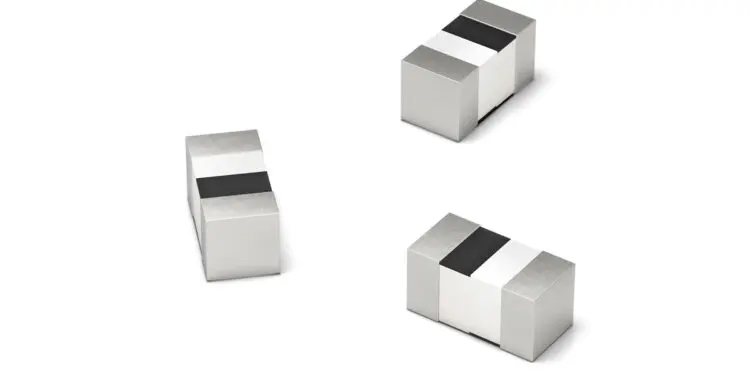Würth Elektronik introduces its WE-MK multilayer ceramic space-saving high-frequency inductors with polarity marking.
Cost-effective RF coils integrated in a multilayer ceramic structure—with WE-MK, Würth Elektronik offers a wide range of SMT inductors with high self resonant frequency (up to fRES > 10 GHz). WE-MK is available in three different sizes—0201, 0402 and 0603—as well as various inductance values from 1 nH up to 470 nH.
The WE-MK inductors have very stable inductance over the entire operating temperature range from -55 to +125°C with inductance tolerances of ±5% or ±0.3 nH (depending on inductance value, higher inductance values are percentage based). The inductance is suitable for various high-frequency circuit types and is the preferred component for the matching of antennas, for example. Here Würth Elektronik offers developers special support with an antenna matching service.
An extremely useful detail: The WE-MK components have polarity markings. This information allows a reduction in the mutual coupling between inductors placed close together.
All multilayer ceramic inductors from Würth Elektronik are available from stock. Free samples are available.






























